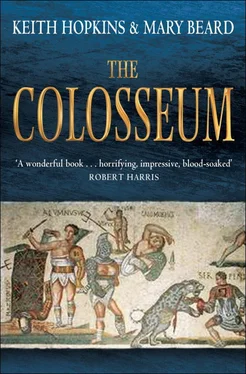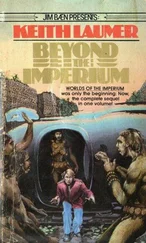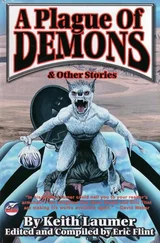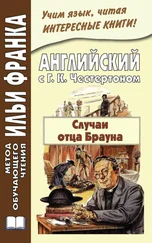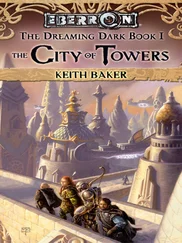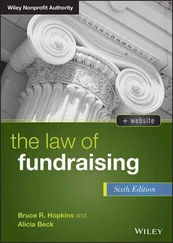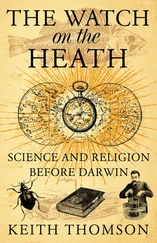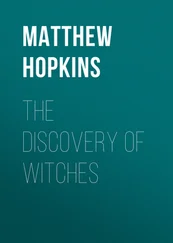Keith Hopkins - The Colosseum
Здесь есть возможность читать онлайн «Keith Hopkins - The Colosseum» весь текст электронной книги совершенно бесплатно (целиком полную версию без сокращений). В некоторых случаях можно слушать аудио, скачать через торрент в формате fb2 и присутствует краткое содержание. Город: London, Год выпуска: 2011, ISBN: 2011, Издательство: Profile Books, Жанр: История, на английском языке. Описание произведения, (предисловие) а так же отзывы посетителей доступны на портале библиотеки ЛибКат.
- Название:The Colosseum
- Автор:
- Издательство:Profile Books
- Жанр:
- Год:2011
- Город:London
- ISBN:9781846684708
- Рейтинг книги:3 / 5. Голосов: 1
-
Избранное:Добавить в избранное
- Отзывы:
-
Ваша оценка:
- 60
- 1
- 2
- 3
- 4
- 5
The Colosseum: краткое содержание, описание и аннотация
Предлагаем к чтению аннотацию, описание, краткое содержание или предисловие (зависит от того, что написал сам автор книги «The Colosseum»). Если вы не нашли необходимую информацию о книге — напишите в комментариях, мы постараемся отыскать её.
The Colosseum — читать онлайн бесплатно полную книгу (весь текст) целиком
Ниже представлен текст книги, разбитый по страницам. Система сохранения места последней прочитанной страницы, позволяет с удобством читать онлайн бесплатно книгу «The Colosseum», без необходимости каждый раз заново искать на чём Вы остановились. Поставьте закладку, и сможете в любой момент перейти на страницу, на которой закончили чтение.
Интервал:
Закладка:
There were, however, other ways of discussing the gloomy or violent side of the monument. The hyperbole of Byron, Dickens and the like in conjuring the romantic image of a place of cruelty, sadness and transgression was hilariously subverted by Mark Twain in his 1860s tale of European travel, Innocents Abroad – a book which in his lifetime sold many more copies than Tom Sawyer or Huckleberry Finn . In some ways Twain was as enthusiastic an admirer of the Colosseum as anyone, dubbing it ‘the monarch of all European ruins’ and much enjoying the irony of seeing ‘lizards sun themselves in the sacred seat of the Emperor’. But his best joke was to pretend to have found in Rome a surviving ancient playbill for a gladiatorial show, as well as a review of the proceedings from The Roman Daily Battle-Ax . Both, unsurprisingly, were almost identical in style and tone to their late nineteenth-century Broadway equivalents. Top of the bill was ‘MARCUS MARCELLUS VALERIAN! FOR SIX NIGHTS ONLY!!’ followed by ‘a GALAXY OF TALENT! such as has not been beheld in Rome before… The performance will commence this evening with a GRAND BROADSWORD COMBAT! between two young and promising amateurs and a celebrated Parthian gladiator… The whole to conclude with a chaste and elegant GENERAL SLAUGHTER!’ The spoof review chimed in nicely:
The opening scene last night… was very fine. The elder of the two young gentlemen handled his weapon with a grace that marked the possession of extraordinary talent. His feint of thrusting, followed instantly by a happily delivered blow which unhelmeted the Parthian, was received with hearty applause. He was not thoroughly up in the backhanded stroke, but it was very gratifying to his numerous friends to know that, in time, practice would have overcome this defect. However he was killed. His sisters, who were present, expressed considerable regret. His mother left the Coliseum… The general slaughter was rendered with a faithfulness to detail which reflects the highest credit upon the late participants in it.
It is not hard to see what kind of high emotional writing about the Colosseum and its gladiatorial games Twain had in his sights. Indeed he proudly declared that he was ‘the only free white man of mature age’ who had written about the monument since Byron without quoting that other Byronic catch-phrase on the Colosseum’s victims (this time from Childe Harold’s Pilgrimage ) – ‘butchered to make a Roman holiday’. It ‘sounds well’, he explained, ‘for the first seventeen or eighteen thousand times one sees it in print, but after that it begins to grow tiresome’. Twain obviously had a point. But changing the rhetoric of response does not make the problem go away. His own humorous modernising, his domestication of the gladiatorial games into modern Broadway entertainment, was in the end another way of emphasising the main dilemma of the nineteenth-century visitor: how to make sense of the murderous games that had once taken place within the magnificent walls of the Colosseum. Was it really like Broadway? Of course not.
COLOSSEUM TODAY
The experience of the early twenty-first-century tourists is both like and unlike that of their counterparts of 150 years ago. Once again there is at least the occasional opportunity for moonlight access, but no private floodlighting on request. A modernist lift has replaced the old staircase giving access to the upper floors and October 2010 saw the opening of the topmost level of the building, for a limited period. In general visitors must make do with what is still a fabulous view, but from short of half the way up. The Christian additions have also been down-played. Gone is the dominant central cross, indulgences and the Friday sermon; though a cross does remain to one side of the arena (placed there under the Fascist regime in 1926 – illustration 29, p. 176), the Pope still visits every year to perform the rituals of Good Friday and the continued insistence on the stories of Christian martyrdom makes the building a powerful point of intersection between the modern religious world and the ancient. There is even less peace and quiet now than there ever was. If a moonlit walk through the arena was a popular pastime in the nineteenth century, the numbers certainly did not match the almost four and a half million people who currently visit each year. And they are served by a tourist industry which may not offer the dried flowers that the Handbook considered such an appropriate souvenir of the Colosseum, but which does provide mementoes of the monument in almost every other conceivable form – from illuminated plastic to candy and fridge-magnets.
One way of seeing the changes over the last century or so is as a shift from romantic ruin to archaeological site. Some of the building’s impact has remained more or less the same through that transition. There are very few visitors who have failed to be struck by the vast size of the Colosseum. (Ironically the man to whom the building owes a good deal of its fame in modern popular culture, Ridley Scott, the director of Gladiator , is one of the handful to remain unimpressed; he is said to have found the actual building rather ‘small’ and to have preferred a mock-up built in Malta and digitally enhanced.) But the rigorous cleaning of the surviving remains, the removal of plants and flowers and the exposure of the complicated foundations and substructures have all combined not only to preserve the building and to yield all sorts of new technical information about its construction and chronology; they have also made the Colosseum seem, to all but the most specialist of visitors, more desolate, more baffling in its layout and considerably more difficult to navigate.
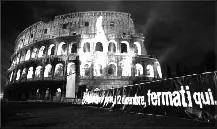
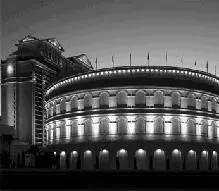
Any visitor will almost certainly be amazed by the overpowering bulk of the outside walls; but when they cross the threshold, (queue up to) buy a ticket and peek into the arena, they are confronted by what is likely to seem at best a confusing mass of masonry, at worst a jumble of dilapidated stone and rubble. In fact, there is hardly any surface of the arena to walk on. What was left at the centre of the Colosseum after the archaeological work of the late nineteenth and early twentieth century is a maze of foundation walls and industrial supports for the machinery that would have brought up the animals into the arena to face the waiting crowd. Gone is the earth that once covered all this, and allowed the Victorian traveller to wander at will. In its place, and only recently installed (for most of the twentieth century the centre of the Colosseum was a gaping hole), is a small section of wooden flooring – on the model of what is believed was the Roman original. Not only is this no place for flirtation, still less conception; it is also very difficult for the mind’s eye to flesh out the brutal skeleton of the building now on display, and to recapture a living environment from its dead and battered frame. It is predictable perhaps that an elderly Italian architect should recently have come up with a scheme for forgetting about the ruin and simply rebuilding the whole lot, as new. (‘It would be a good thing for someone like Coca-Cola to fund…’ he suggested. ‘They could tell the whole world that they had completed the Colosseum.’) This fantasy is perhaps coming truer than he could have hoped – as one of the ways of funding a major restoration project, due to begin in 2011, at a cost of 25 million euros, is to be commercial sponsorship. At the time of writing, it appears that an Italian show manufacturer will be footing the bill.
Читать дальшеИнтервал:
Закладка:
Похожие книги на «The Colosseum»
Представляем Вашему вниманию похожие книги на «The Colosseum» списком для выбора. Мы отобрали схожую по названию и смыслу литературу в надежде предоставить читателям больше вариантов отыскать новые, интересные, ещё непрочитанные произведения.
Обсуждение, отзывы о книге «The Colosseum» и просто собственные мнения читателей. Оставьте ваши комментарии, напишите, что Вы думаете о произведении, его смысле или главных героях. Укажите что конкретно понравилось, а что нет, и почему Вы так считаете.
